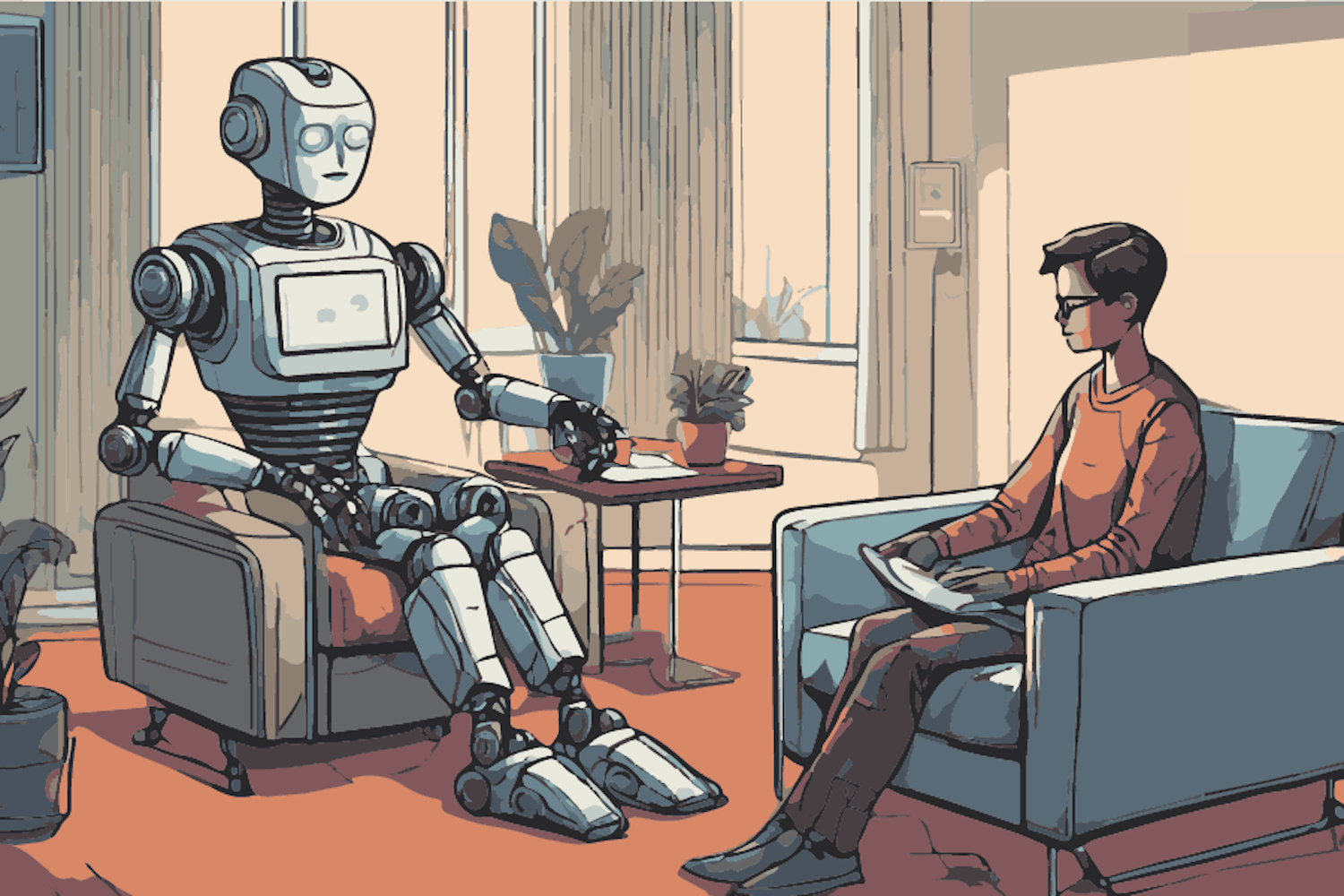One of the most fascinating elements of the human condition is that of choice and consequence. Learning about people requires not only understanding their environment and constitution, but the choices they make. Video games make a brilliant medium for art, because they force the player to experience the nature of choice actively, rather than passively.
Video games traditionally haven’t been praised for their value as an artistic medium, but their integration of the element of choice grants developers the ability to reach their audience in ways painters, directors and authors never could.
Consider the popular indie game “Limbo,” in which you play as a young boy trying to find what is assumed to be your sister. The game revolves around solving puzzles and jumping over platforms. The story that takes place on screen is deceptively shallow. It never develops beyond a story of saving a damsel in distress.
The real story of “Limbo” is told through the choices made by the player. With practically no backstory given, you are forced to ask why you should pursue the damsel in the dark and morbid grayscale world. Every puzzle is designed to ensure that the player must fail many times before they can know how to solve them. Failure often comes as a result of pure unfairness, such as an unforeseeable boulder that may only be dodged by a player who knows exactly when it will happen. You are supposed to die. The fact that these often macabre deaths come as a result of your actions gives an immense emotional undercurrent to the game. By granting you responsibility over this boy's life and being forced to watch as he dies over and over, there develops a strong emotional attachment to the character that cannot exist in a media where the audience acts as mere bystanders.
This sense of responsibility exists in all video games, and this allows developers to not only tell lessons about the world, but about the player as well. A game like “Limbo” tells us less about the boy and more about the person controlling the boy.
Video games are wonderful for artistic expression, because they not only tell a story to the player; the player tells his or her story to the game. These stories are not independent of one another, but intrinsically linked so that the events of one story affect those of the other.
Traditional artistic media allows an audience to observe a story unfold, but video games allow an audience to participate in those stories and make them their own.
Video games should be seen as more than mere entertainment sources, because they are absolutely more than that.
If anything, video games should represent the culmination of all visual, audio, and literary art in one package. However, I would prefer we view games as something even greater. They are an art in their own right, and they deserve all the respect and adoration that we give to film and literature for their artistic merit.
Reach the columnist at Jacob.evans@asu.edu or follow him at @jacobevansSP.
Want to join the conversation? Send an email to opiniondesk.statepress@gmail.com. Keep letters under 300 words and be sure to include your university affiliation. Anonymity will not be granted.



